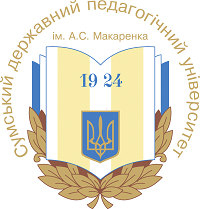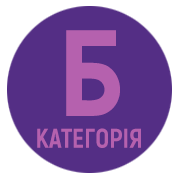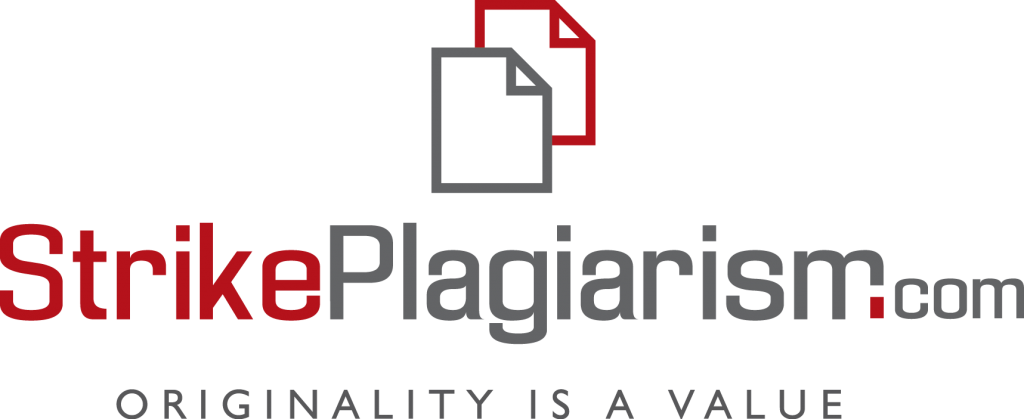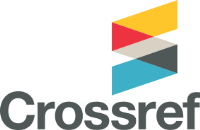NEURAL NETWORKS AS AN INNOVATIVE TOOL IN SPEECH THERAPY WORK
DOI:
https://doi.org/10.32782/inclusion/2024.spec.3Keywords:
neural networks, speech therapy, speech therapy work, artificial intelligence, prompt engineering, didactic materials, graphic generationAbstract
The study explores innovative possibilities of using neural networks in speech therapy and correction work, analyzing the potential of artificial intelligence to optimize the educational process, especially when working with children who have speech disorders. The scientific research reveals a wide range of neural network applications in speech therapy practice, demonstrating their unique capabilities in creating personalized didactic materials, generating educational comics, and developing educational tools. Of particular methodological value is a detailed analysis of the technique for composing effective prompts for image generation. The study presents graphic neural networks DeepAI.art (for creating images from text descriptions) and Photoeditor.ai (a tool for editing and generating portraits), uncovering their potential in speech therapy practice. Practical use cases of neural networks are presented: creating individual learning materials, generating comics for speech correction, and developing exercises for fine motor skills development. Each case demonstrates unique possibilities for transforming the correction and educational process. The research convincingly proves the advantages of neural network implementation: increasing children's motivation, significant time savings for educators, creating an emotionally appealing educational environment, and comprehensive development of speech and cognitive functions. The scientific novelty of the work lies in a comprehensive analysis of neural networks' potential in correctional education, a practical demonstration of their effectiveness, and revealing innovative approaches to using artificial intelligence in speech therapy practice. The study's results outline the prospects of technological transformation in correctional education, showing that neural networks are a powerful tool for supporting and developing children with special educational needs.
References
DeepAI. DeepAI. URL: https://deepai.org/ (дата звернення:22.11.2024).
Free AI Photo Editor: Automatic Photo Editing with AI. Free AI Photo Editor: Automatic Photo Editing with AI. URL: https://photoeditor.ai/ (дата звернення: 22.11.2024).
Годецька Т. І. Педагогіка: цифрові орієнтири. Аналітичний вісник у сфері освіти й науки. 2023. Вип. 18. С. 46–66.
Костик Л., Олійник М. Сучасні інноваційні технології проведення корекційної роботи у професійній діяльності вчителя-логопеда. Psychology Travelogs. 2024. № 3. С. 219–228. URL: https://doi.org/10.31891/pt-2024-3-21 (дата звернення: 22.11.2024).
Курєнкова А. В. Інноваційні технології мовленнєвого розвитку дітей з ЗНМ в роботі вчителя-логопеда. Актуальні питання гуманітарних наук. 2023. Вип. 62. Том 2. С. 248–254. URL: http://surl.li/coknix
Курєнкова А. В. Використання методів візуалізації в роботі з дітьми з тяжкими порушеннями мовлення. Inclusion and Diversity. 2023. С. 30–33. URL: http://surl.li/ipbnis
Розенквіт І. А. Використання інформаційної графіки та ІКТ для розвитку дослідницьких і творчих здібностей, критичного мислення учнів на уроках зарубіжної літератури: ХІ Міжнар. фестиваль педаг. інновацій (м.Черкаси 26- 27 вересня 2019 року). Черкаси: КНЗ «ЧОІПОПП ЧОР», 2019. Том 2. С. 193–195.
Трифонова О., Садовий М. Використання штучного інтелекту та нейромереж в освітньому процесі з фахових дисциплін студентами спеціальності «Професійна освіта (Цифрові технології)». Наукові записки Тернопільського національного педагогічного університету імені Володимира Гнатюка. Серія: Педагогіка. 2023. №. 1. С. 45–54.
Хміль Н. А., Галицька-Дідух Т. В., Цяньці В. Використання віртуальної та доповненої реальності в українській освіті. Академічні візії. 2023. №. 22. URL: https://zenodo.org/records/8251886







